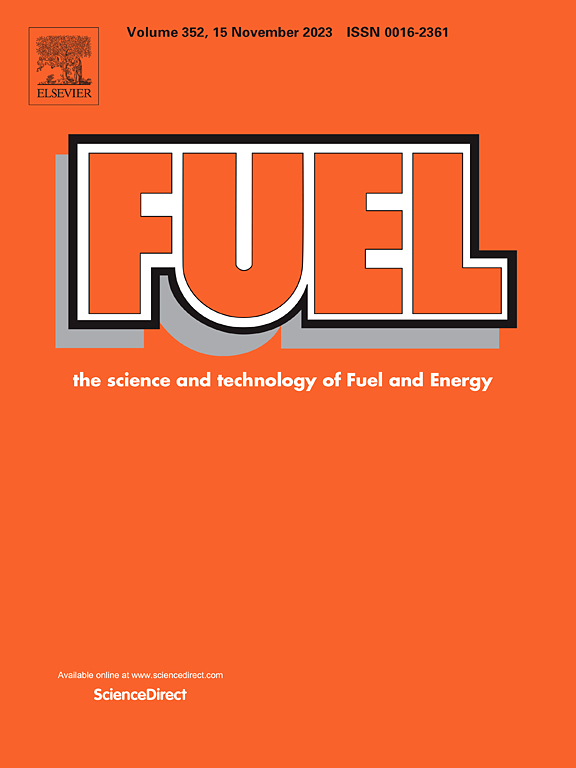Steel slag-assisted hydrothermal liquefaction of hyperaccumulators for upgrading bio-oil and immobilization of arsenic
IF 6.7
1区 工程技术
Q2 ENERGY & FUELS
引用次数: 0
Abstract
Hydrothermal liquefaction (HTL) effectively convert hyperaccumulators into valuable hydrochars and bio-oils. However, the treatment of high concentrations of heavy metals in the aqueous phase products of HTL is crucial for ensuring the sustainability of the phytoremediation industry. This study demonstrated the effects of steel slag (SS) on the immobilization, distribution, and environmental risk of heavy metals during the HTL of Pteris vittata L. (PVL). The introduction of SS in HTL resulted in maximum bio-oil yield and HHV of 25.35% and 30.27 MJ/kg, respectively, while promoting the deoxygenation of bio-oil. The steel slag-assisted HTL effectively immobilized arsenic from aqueous phase to solid phase in PVL, and the arsenic removal content reached 1584.62 mg/kg, with a maximum arsenic stabilization rate of 93.29%. Model compound experiments suggest that the mechanism of arsenic stabilization in SS involves the formation of co-precipitates by the reaction of metal oxides with arsenate and arsenite. Furthermore, the SS-assisted HTL effectively reduced the risk assessment value and bioavailability of heavy metals in PVL. Overall, this study presents a promising approach for immobilizing arsenic, increasing bio-oil production, and promoting environmentally safe treatment of As-enriched biomass and steel slag.

求助全文
约1分钟内获得全文
求助全文
来源期刊

Fuel
工程技术-工程:化工
CiteScore
12.80
自引率
20.30%
发文量
3506
审稿时长
64 days
期刊介绍:
The exploration of energy sources remains a critical matter of study. For the past nine decades, fuel has consistently held the forefront in primary research efforts within the field of energy science. This area of investigation encompasses a wide range of subjects, with a particular emphasis on emerging concerns like environmental factors and pollution.
 求助内容:
求助内容: 应助结果提醒方式:
应助结果提醒方式:


